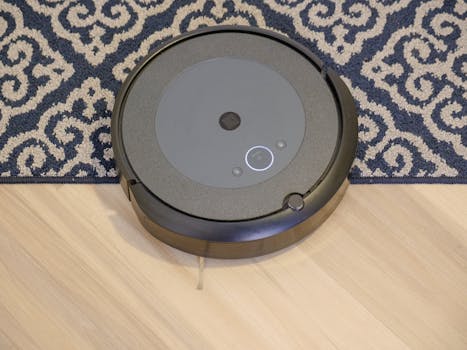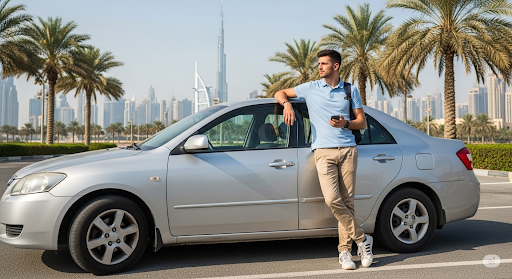
Smart Homes and Smart Living: The Technological Transformation of European Homes by 2025
Smart Homes and Smart Living are revolutionizing the way we live in European homes. With the integration of cutting-edge technology and innovative solutions, homes are becoming more comfortable, convenient, and sustainable. In this article, we will explore the current trends and future predictions for smart homes and smart living in Europe by 2025.
Introduction to Smart Homes and Smart Living
Smart homes and smart living refer to the use of technology to create a more comfortable, convenient, and sustainable living environment. This can include features such as home automation, energy management, and security systems. With the increasing demand for smart homes and smart living, European homes are expected to undergo a significant transformation by 2025.
Current Trends in Smart Homes and Smart Living
Currently, smart homes and smart living are becoming increasingly popular in Europe. According to a recent survey, over 70% of European households are expected to have some form of smart home technology by 2025. This includes features such as voice assistants, smart thermostats, and security cameras. Additionally, there is a growing trend towards energy-efficient and sustainable living, with many European homes incorporating features such as solar panels and rainwater harvesting systems.
Future Predictions for Smart Homes and Smart Living
By 2025, smart homes and smart living are expected to become even more advanced and integrated. Some predicted trends include the increased use of artificial intelligence and machine learning to optimize home automation and energy management. Additionally, there is expected to be a growing focus on cybersecurity and data protection, as smart homes and smart living become more connected and vulnerable to cyber threats.
Benefits of Smart Homes and Smart Living
Smart homes and smart living offer a range of benefits, including increased comfort and convenience, energy efficiency and sustainability, and enhanced security and safety. With the ability to control and monitor home systems remotely, homeowners can enjoy a more relaxed and stress-free lifestyle. Additionally, smart homes and smart living can help to reduce energy consumption and greenhouse gas emissions, contributing to a more sustainable future.
Challenges and Limitations of Smart Homes and Smart Living
While smart homes and smart living offer many benefits, there are also several challenges and limitations to consider. These include the high upfront costs of smart home technology, the need for reliable and high-speed internet connectivity, and the potential risks of cybersecurity threats and data breaches. Additionally, there may be concerns about the impact of smart homes and smart living on social interactions and community engagement.
Conclusion
In conclusion, smart homes and smart living are transforming European homes by 2025. With the integration of cutting-edge technology and innovative solutions, homes are becoming more comfortable, convenient, and sustainable. While there are challenges and limitations to consider, the benefits of smart homes and smart living are clear. As we look to the future, it is exciting to think about the potential of smart homes and smart living to create a better quality of life for European households.





